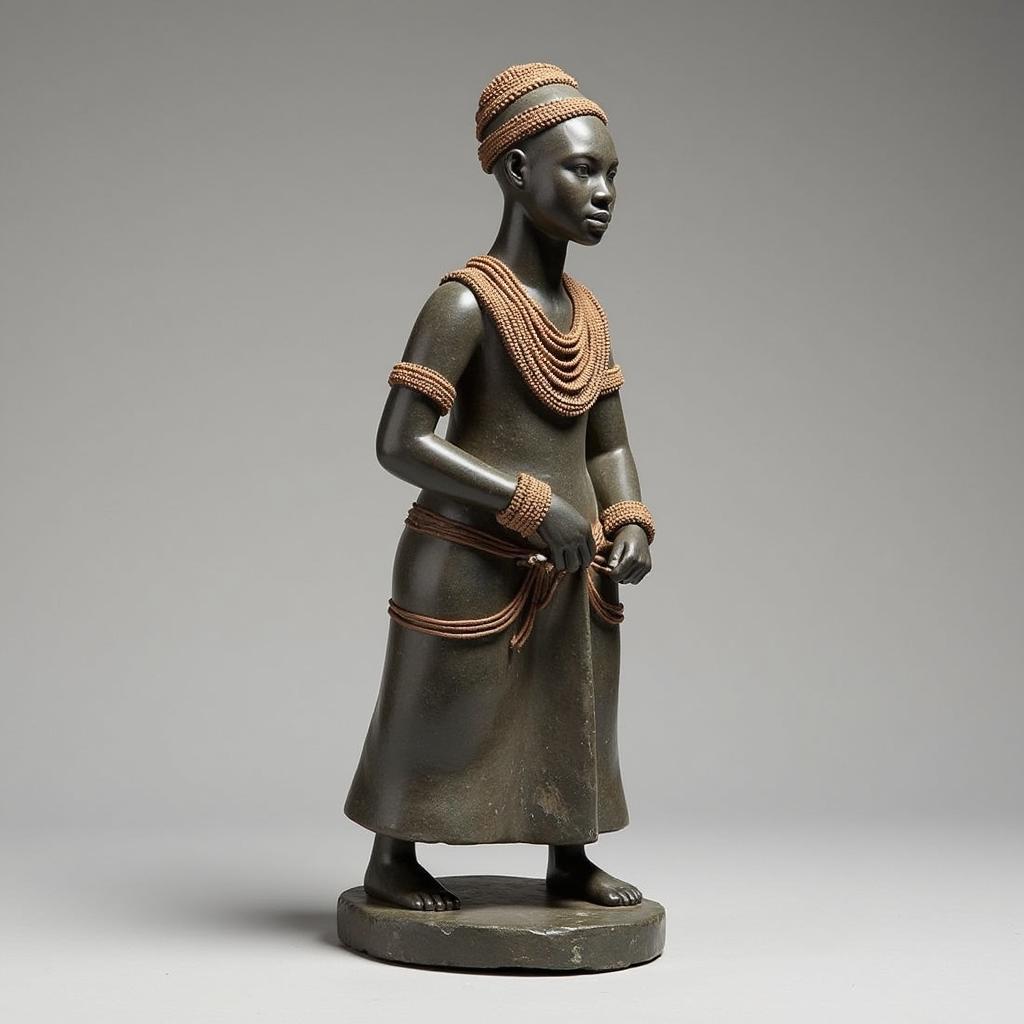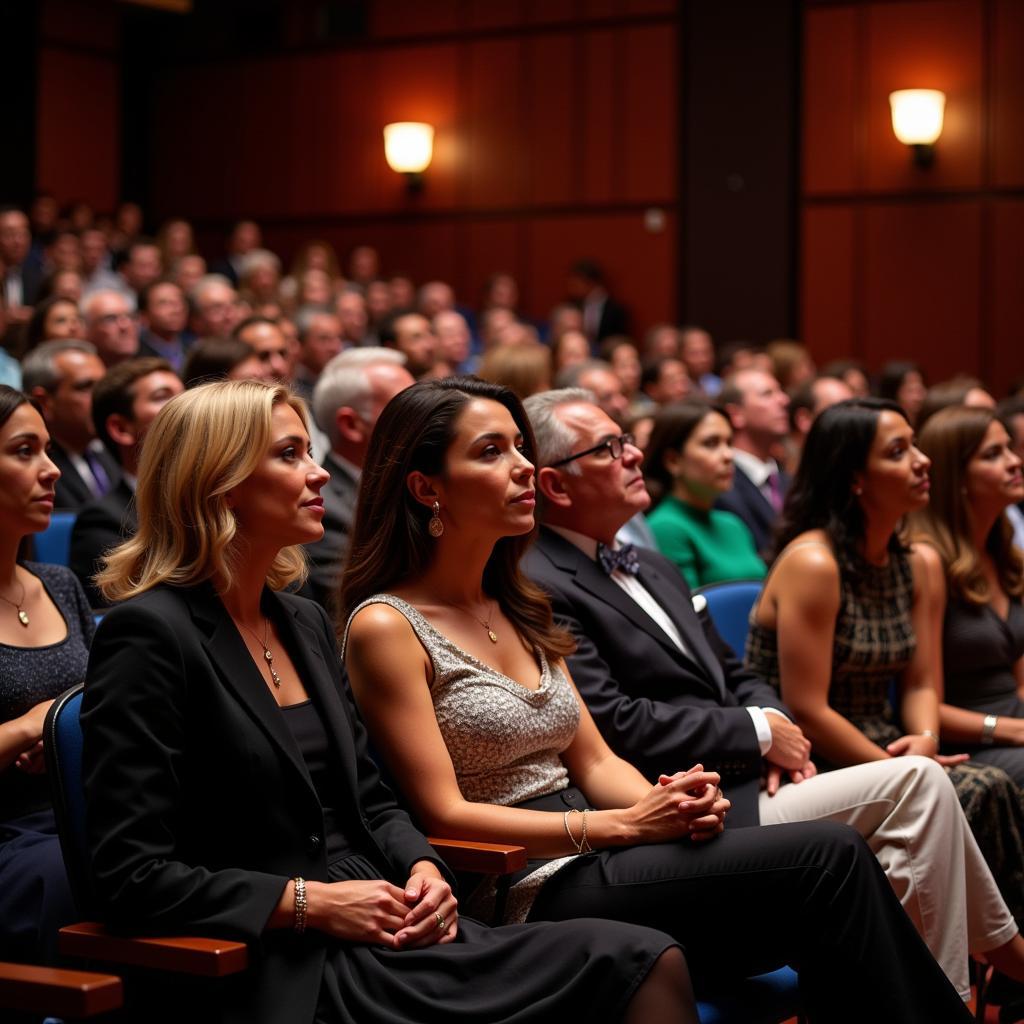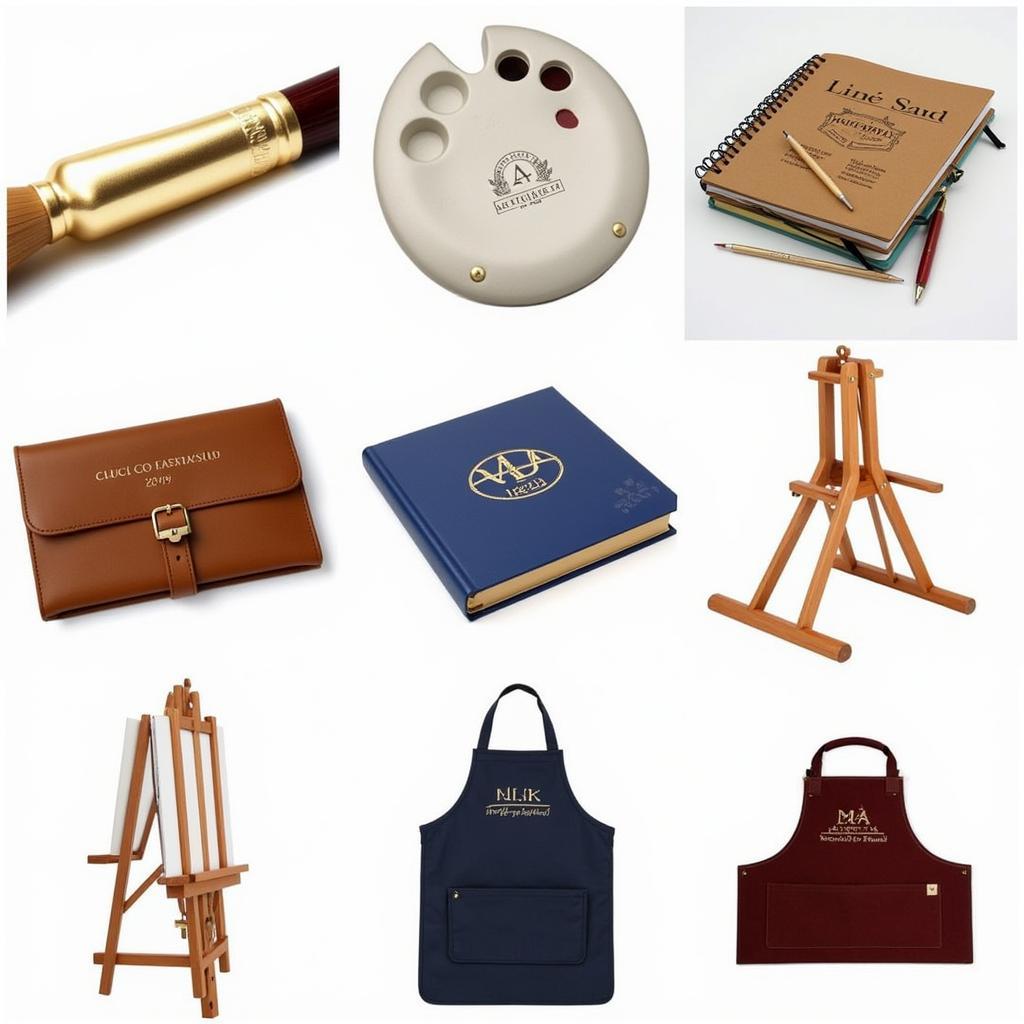African Art Statues: A Journey Through Culture and Creativity
African Art Statues are more than just decorative objects; they are powerful expressions of culture, history, and spirituality. Crafted from diverse materials like wood, bronze, and terracotta, these statues offer a glimpse into the rich artistic heritage of the African continent. From ancient fertility idols to contemporary masterpieces, African art statues captivate with their intricate details and profound symbolism.
Exploring the Diversity of African Art Statues
African art is not a monolith, and its statues reflect the vast diversity of cultures across the continent. Each region boasts its own unique style, materials, and motifs.
West African Art Statues: Celebrating Royalty and Ritual
West Africa is renowned for its bronze sculptures, particularly those from the Yoruba people of Nigeria. These statues often depict rulers, deities, and ancestors, showcasing the importance of lineage and spiritual beliefs. The craftsmanship is exceptional, with intricate details that bring the figures to life.
Central African Art Statues: Embracing Abstraction and Power
In contrast to the realism of West African art, Central African statues tend towards abstraction. The Fang people of Gabon, for example, are known for their stylized figures with exaggerated features. These statues, often used in rituals, represent spirits or ancestors and are believed to possess potent spiritual energy.
East African Art Statues: Blending Tradition and Innovation
East African art is characterized by a blend of traditional and contemporary styles. Maasai beadwork often adorns wooden sculptures, while soapstone carvings from Kenya showcase the talents of modern artists. This fusion of old and new reflects the evolving artistic landscape of the region.
 East African Soapstone Sculpture
East African Soapstone Sculpture
The Significance of African Art Statues
African art statues serve a multitude of purposes, from religious ceremonies to everyday life.
Spiritual Significance: Connecting with the Divine
Many African cultures believe that statues can act as conduits to the spirit world. Ancestral figures, for instance, are venerated and believed to offer protection and guidance. Ritual objects, often adorned with symbolic markings, are used in ceremonies to invoke deities or appease spirits.
Social Commentary: Reflecting Cultural Values
African art statues often reflect the social and political climate of their time. Some pieces critique colonialism or celebrate independence, while others address issues of gender, identity, and social justice.
Artistic Expression: Celebrating Creativity and Skill
Beyond their cultural and spiritual significance, African art statues are also celebrated for their sheer artistic merit. The skill and creativity of African artists are evident in the intricate details, expressive forms, and innovative use of materials.
African Art Statues in the Modern World
Today, African art statues continue to captivate and inspire collectors and art enthusiasts worldwide.
Collecting African Art Statues: A Guide for Beginners
For those interested in starting a collection, it’s essential to purchase from reputable sources that prioritize ethical sourcing and cultural sensitivity. Learning about the history and significance behind each piece enhances appreciation and understanding.
African Art Statues in Interior Design: Adding Character and Soul
Sculpture wood art can add a unique and sophisticated touch to any interior space. Whether displayed as a focal point or incorporated into a larger collection, these statues bring a sense of history, culture, and artistic flair to homes and galleries alike.
Conclusion: Embracing the Legacy of African Art Statues
African art statues offer a captivating window into the diverse cultures and rich artistic heritage of the African continent. From their spiritual significance to their aesthetic appeal, these statues continue to inspire, challenge, and captivate audiences worldwide. By appreciating the craftsmanship, symbolism, and stories embedded within each piece, we gain a deeper understanding of African art and its enduring legacy.
FAQs about African Art Statues
What are the most common materials used to make African art statues?
African art statues are crafted from a variety of materials, including wood, bronze, terracotta, ivory, and stone.
How can I tell if an African art statue is authentic?
It’s crucial to purchase from reputable dealers who can provide provenance and authentication. Look for signs of age, wear, and traditional craftsmanship.
Are there any ethical considerations when buying African art statues?
Yes, it’s essential to ensure that the statue was ethically sourced and that the sale benefits the artist or community of origin. Avoid purchasing pieces that were illegally obtained or removed from their cultural context.
Can I incorporate African art statues into a modern home décor?
Absolutely! African art statues can complement a variety of interior design styles, adding a touch of history, culture, and artistic flair to any space.
If you have any questions about African art statues or need assistance with your purchase, our team is here to help. Contact us at Phone Number: 02462573573, Email: danteum@gmail.com or visit us at Savico Megamall, 7-9 Đ. Nguyễn Văn Linh, Gia Thụy, Long Biên, Hà Nội 10000, Việt Nam. We have a 24/7 customer support team.

